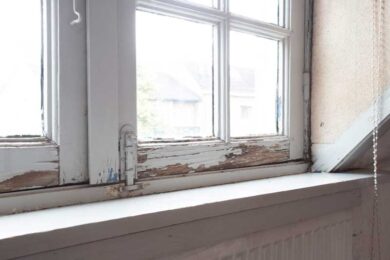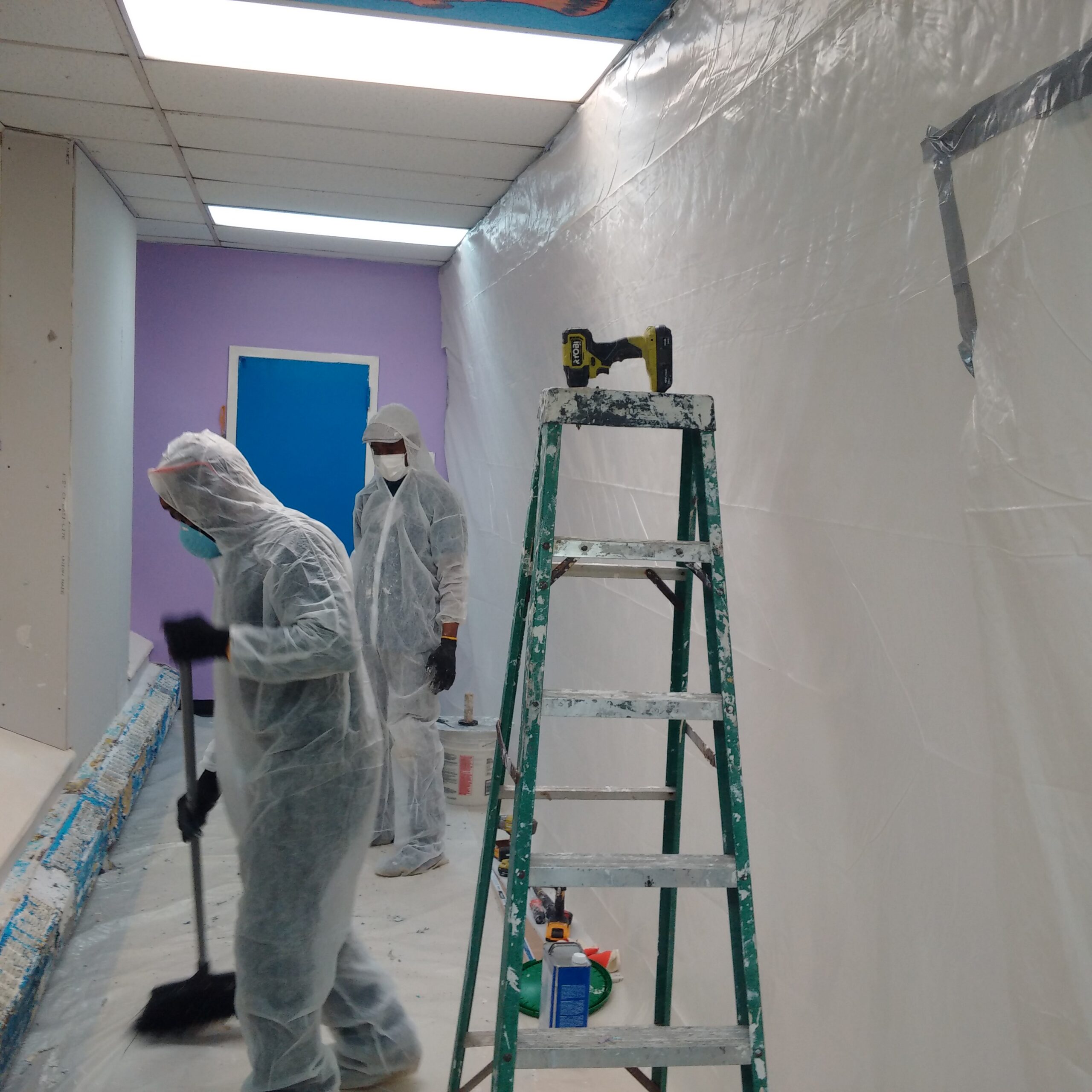Expert Lead Paint Removal Company-- Offering All NYC Boroughs
Expert Lead Paint Removal Company-- Offering All NYC Boroughs
Blog Article
Ideal Practices for Making Certain Safe and Complete Lead Violation Reduction
Dealing with lead offense reduction requires a multi-faceted method to ensure both safety and security and compliance. It's the last clearance procedure, including comprehensive assessments and laboratory screening, that absolutely validates a lead-free atmosphere, making sure lasting security. Exactly how do these techniques interconnect to ensure thorough lead reduction?

Preliminary Assessment
Conducting an initial evaluation is an essential primary step in lead violation abatement. This stage incorporates a detailed examination of the residential property to identify the presence, level, and specific places of lead-based threats. Qualified experts, such as qualified lead inspectors or risk assessors, should execute a comprehensive website evaluation, making use of devices like X-ray fluorescence (XRF) analyzers to precisely spot and determine lead focus in paint, dust, soil, and water.
The analysis has to also include a testimonial of the structure's history, previous reports, and any problems or wellness issues reported by passengers - Lead Removal Contractors. Recording the searchings for diligently is important, as these documents form the basis for creating an efficient reduction method. An extensive evaluation additionally entails sampling and research laboratory evaluation, which are vital to validate the existence of lead and overview subsequent actions
Moreover, it is vital to interact the outcomes transparently to all stakeholders, consisting of homeowner, occupants, and regulative authorities. By making sure that the initial evaluation is conducted with precision and roughness, experts can lay a strong structure for a targeted and reliable lead reduction procedure, eventually securing public health and guaranteeing compliance with regulative criteria.
Correct Containment
Proper containment is essential to avoid the spread of lead pollutants throughout reduction activities. Efficiently managing containment minimizes the threat of lead dust and particles moving to non-work areas, consequently safeguarding both the atmosphere and individuals outside the instant job zone. To accomplish appropriate control, a closed obstacle of plastic sheeting must be established around the workspace, making sure all seams and edges are firmly sealed. Lead Removal Contractors. This obstacle ought to expand from floor to ceiling and be taped to avoid any type of leaks.

Normal examinations of the containment area are needed to look for violations or weak points in the obstacle. Any type of recognized issues must be quickly resolved to preserve the integrity of the control. By sticking to these practices, abatement tasks can efficiently regulate lead contamination and alleviate associated health and wellness dangers.
Employee Protection
Making certain worker protection is vital throughout lead reduction tasks to stop work-related direct exposure to unsafe lead fragments. Important actions include making use of individual safety tools (PPE) such as respirators, gloves, and full-body suits especially designed to block lead dirt and fumes. Employees should go through detailed training on the right use and upkeep of PPE, consisting of fit screening for respirators to make sure optimum efficacy.
Engineering controls, such as regional exhaust air flow systems, are essential in decreasing air-borne lead focus in the workplace. Administrative controls should likewise be carried out, including restricting the duration of exposure and revolving employees to reduce individual direct exposure times. Normal medical security and organic tracking are vital for early detection of lead absorption, allowing timely intervention and treatment.
Furthermore, establishing a decontamination protocol is crucial. Employees have to follow strict decontamination procedures before breaks and at the end of their shift to prevent lead dirt from being carried outside the job area. This consists of complete hand and face cleaning with lead-specific cleaner and transforming out of polluted apparel.
Careful Clean-up
Maintaining a safe workplace prolongs past employee defense and includes meticulous cleanup to guarantee lead particles are thoroughly gotten rid of from the site. The procedure of thorough cleanup is important in protecting against the recontamination of the eased off area and guarding both present and future occupants.
To achieve a thorough cleanup, all work locations must be methodically decontaminated. This involves making use of specialized HEPA (High-Efficiency Particulate Air) hoover and wet-wiping strategies to capture and eliminate fine lead dust that may have picked surfaces. It is critical to clean read all straight surface areas, consisting of floorings, window sills, and kitchen counters, as well as upright surface areas that might have entraped lead bits.
Employees have to wear ideal personal protective devices (PPE) during clean-up to stay clear of exposure to residual lead dirt. Utilized cleaning products such as wipes, sponges, and wipe heads need to be thrown away according to harmful waste disposal regulations.

Final Clearance
Final clearance is the vital concluding phase of lead reduction that establishes whether the site is secure for reoccupation. This vital step entails extensive assessment and screening to validate that all lead dangers have been properly removed. The process starts with a visual inspection by a certified lead-based paint examiner or threat assessor to ensure no noticeable dust or debris remains. This is followed by accumulating dust clean samples from various surface areas, including floors, windowsills, and various other horizontal surface areas. Lead Removal Contractors.

Final clearance testing not just secures future passengers but additionally ensures compliance with neighborhood, state, and federal guidelines. Moreover, it acts as a recorded validation of the abatement service provider's adherence to market finest methods. Guaranteeing pop over to these guys a detailed and effective final clearance is vital in safeguarding public health and wellness and cultivating trust in the reduction procedure.
Conclusion
Ensuring safe and complete lead infraction reduction demands a diverse technique including first assessments with innovative discovery approaches, effective control strategies, strict worker security protocols, and meticulous clean-up procedures. The final clearance stage, featuring comprehensive examinations and Resources lab screening, is essential to verify compliance with EPA requirements. Adherence to these finest methods ensures a safe setting for occupants, mitigates wellness threats, and supports governing demands, consequently advertising public wellness and safety in lead-affected areas.
Report this page